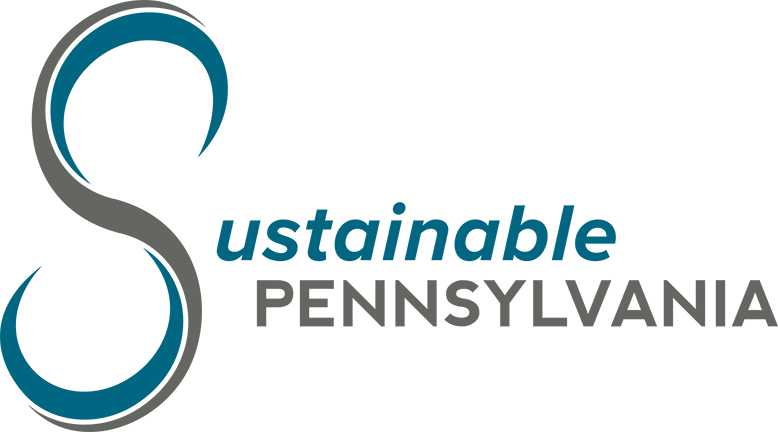Description:
Making municipal buildings more energy efficient saves taxpayer money while also contributing to solutions for some of our most pressing environmental sustainability issues. These actions award points to municipalities for taking increasingly more effective steps towards reducing energy consumption, starting with energy audits and culminating with deep energy savings.
How to Get Started:
Step 1.
The first step for a municipality to reduce its energy consumption and operating costs is to have an energy audit completed. An energy audit will analyze energy consumption and cost patterns, leading to the better understanding and control of all the energy used by the organization. The energy audit will identify inefficiencies for improvement using today’s technologies and best practices. Even if the building is a newer build, audits still play an important role and typically pay for themselves through recommended energy savings. The consumption and cost baseline established by the audit creates the benchmark by which energy reductions can be measured.
Step 2.
It is important that the organization take the next step of creating a plan and implementation schedule for making the improvements recommended by the audit. Often organizations will implement the easiest and least expensive options, and never utilize the audit again. But those larger investments or projects are often the ones that produce the greatest savings, both in terms of money and carbon emissions. Creating a well designed plan should include:
- Which recommendations will be implemented
- When they will be implemented
- How will they capitalized
- Who will implement them
This plan can be a smaller part of a larger plan, like a comprehensive plan, or a strategic operations plan, or it can be a stand alone plan derived from an energy audit.
Step 3.
After a plan has been created and implementation is underway, an organization needs to know what success looks like. The audit created a baseline for energy consumption and energy tracking should continue monthly or annually thereafter. We recommend using the EPA’s Portfolio Manager to track your organization’s energy consumption. Once your organization’s information is loaded into the system, it takes little time each month to add your energy data to continue monitoring your usage. . The portfolio manager provides you with weather adjusted details about how your energy reduction efforts are going, allowing you to spot problems and make adjustments. Research by the EPA shows that just by benchmarking and tracking energy consumption, organizations typically average an annual savings of 2.4% and 7% overall.
Step 4.
The final step in this cyclical process is to report your energy consumption information to the public. By making the information available publicly you add transparency and accountability to the process, both of which improve the likelihood that the efforts will be successful and supported by the taxpayer.
